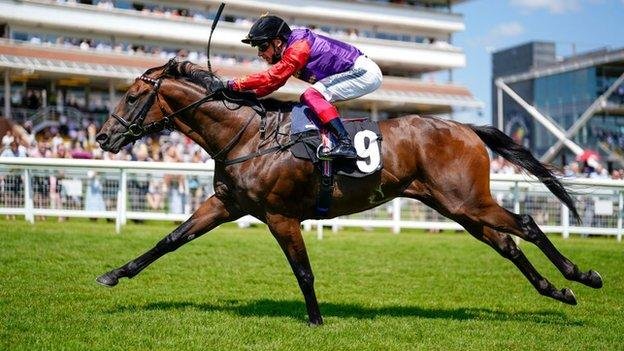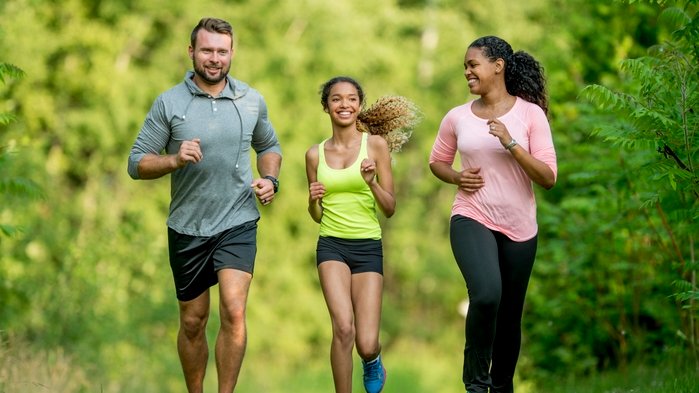Understanding Horse Facing

Introduction
Horse facing is a fundamental aspect of equestrian sports, and its significance cannot be overstated. This article explores the art of horse facing, its importance, training techniques, benefits, and the profound connection it forges between rider and horse. We’ll delve into the complexities of this practice, helping riders understand how to achieve excellence in horse facing.
Understanding Horse Facing
Horse facing refers to the horse’s ability to maintain a straight line while moving forward, maintaining a symmetrical posture. This fundamental skill is essential in equestrian sports, where precision, control, and harmony between rider and horse are paramount.
The Importance of Horse Facing in Equestrian Sports
Equestrian sports, whether dressage, show jumping, or barrel racing, demand a high degree of accuracy. Horse facing plays a vital role in these disciplines as it ensures that the horse moves in the intended direction, following the rider’s cues. Without proper facing, achieving finesse and grace in these sports is nearly impossible.
The Fundamentals of Horse Facing
The Rider’s Role
A skilled rider is the cornerstone of effective horse facing. The rider’s balance, posture, and communication are crucial in guiding the horse. Clear instructions are given through the rider’s seat, legs, and reins.
The Horse’s Role
Horses are remarkably perceptive animals. They respond to the rider’s cues through a combination of subtle signals, balance, and trust. A well-trained horse will willingly face in the desired direction.
Training Techniques for Proper Horse Facing
Groundwork and Basics
Training begins with groundwork, establishing the horse’s respect and trust. Groundwork exercises, such as lunging and long-lining, help lay the foundation for proper facing. These exercises also encourage flexibility and balance.
Riding Drills
Once groundwork is mastered, riders progress to riding drills. Exercises like leg yielding, shoulder-in, and haunches-in enhance the horse’s ability to face correctly. Repetition and patience are key to success.
The Benefits of Correct Horse Facing
Proper horse facing offers a range of benefits, including improved balance and coordination for both horse and rider. It also creates a stronger partnership between them and enhances the horse’s overall performance.
Common Mistakes and How to Avoid Them
Common mistakes in horse facing include rider imbalance, uneven rein pressure, and a lack of clear communication. These issues can be rectified through proper training and awareness.
Horse Facing and Communication
Non-verbal Communication
Horse facing is a form of non-verbal communication between rider and horse. It requires trust and understanding, with the horse interpreting the rider’s cues through physical signals.
Understanding the Horse’s Body Language
Riders must learn to read their horse’s body language. Recognizing signs of tension, discomfort, or willingness is key to achieving optimal horse facing.
Challenges and Solutions in Horse Facing
Challenges may arise during training, but they can be overcome with dedication and consistent practice. Patience, positive reinforcement, and skilled guidance are essential in addressing difficulties.
Safety Concerns in Equestrian Sports
Safety should always be a priority. Riders must wear appropriate safety gear, and training should be supervised by experienced professionals. Accidents are preventable with the right precautions.
The Connection Between Rider and Horse
Proper horse facing fosters a profound connection between rider and horse. This partnership, based on trust and mutual respect, leads to greater success in equestrian endeavors.
Horse Facing in Different Riding Disciplines
Different riding disciplines have unique demands for horse facing. Dressage requires precise and controlled facing, while show jumping needs speed and agility in facing. Understanding these nuances is vital for success.
Improving Your Riding Skills through Proper Horse Facing
For riders looking to enhance their skills, mastering horse facing is an excellent place to start. It forms the basis of many advanced equestrian techniques, allowing riders to excel in their chosen discipline.
Conclusion
Horse facing is a skill that every equestrian enthusiast should prioritize. It forms the bedrock of successful riding and creates a remarkable connection between rider and horse. By understanding the fundamentals, practicing diligently, and maintaining safety, riders can achieve excellence in horse facing.
FAQs
What is the significance of horse facing in equestrian sports?
Horse facing is crucial in equestrian sports as it ensures precision and control in a horse’s movement, leading to success in various disciplines.
How can riders improve their horse facing skills?
Riders can enhance their horse facing skills through groundwork, riding drills, and consistent practice under expert guidance.
Why is the connection between rider and horse important in horse facing?
The connection between rider and horse fosters trust and understanding, leading to better communication and successful horse facing.
What safety measures should riders take in equestrian sports?
Riders should wear appropriate safety gear and undergo training under the supervision of experienced professionals to ensure safety.
Can horse facing benefit riders in other equestrian disciplines?
Yes, mastering horse facing forms a strong foundation for riders to excel in various equestrian disciplines, enhancing their overall skills and performance.



2 thoughts on “Understanding Horse Facing”